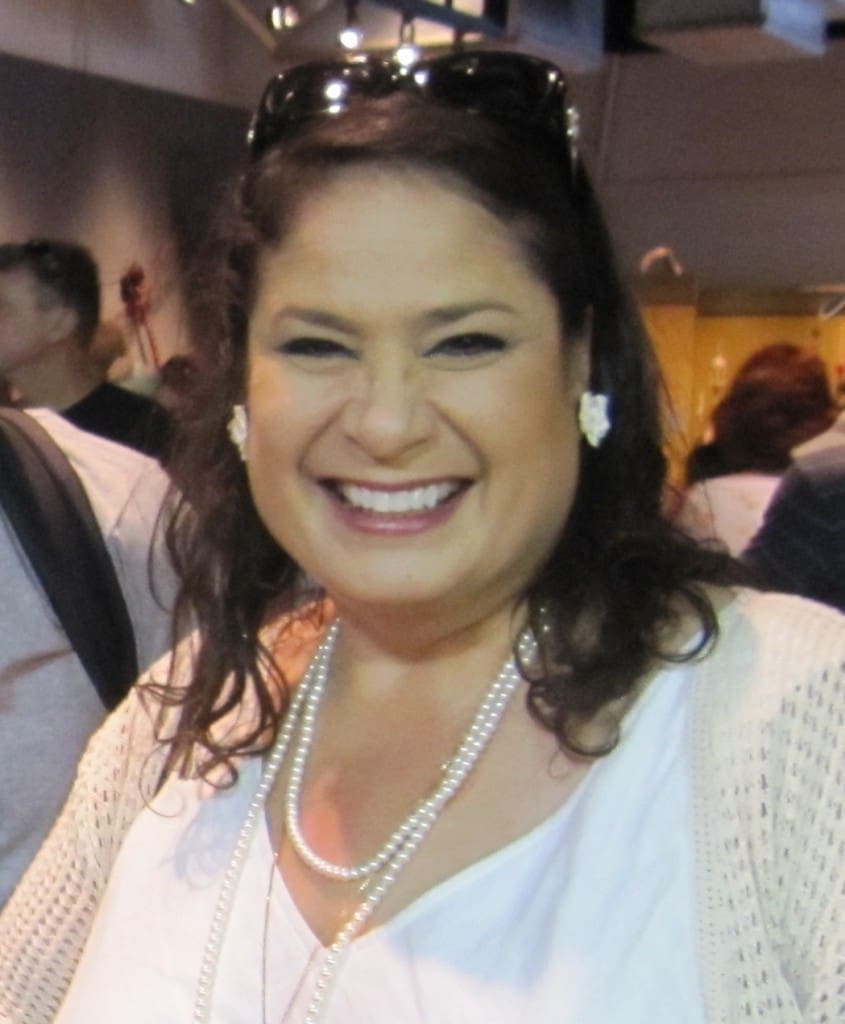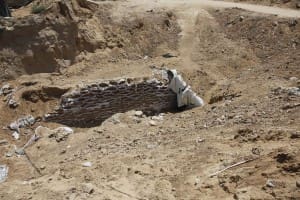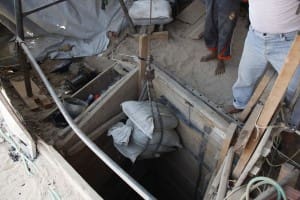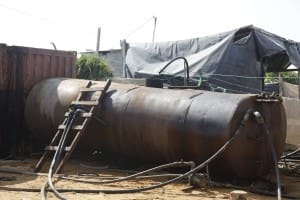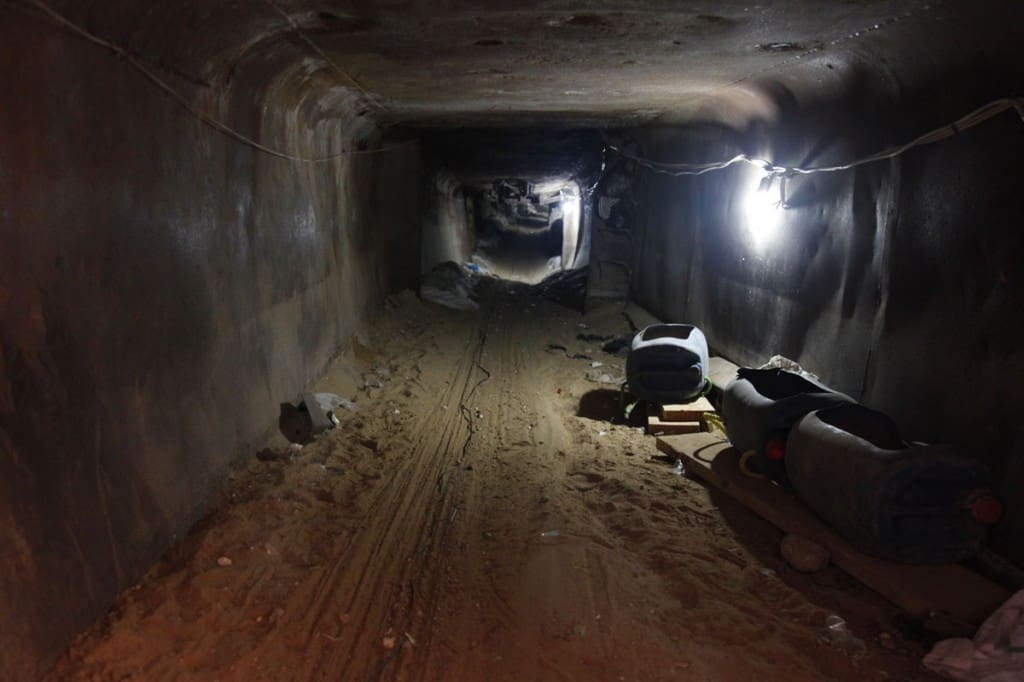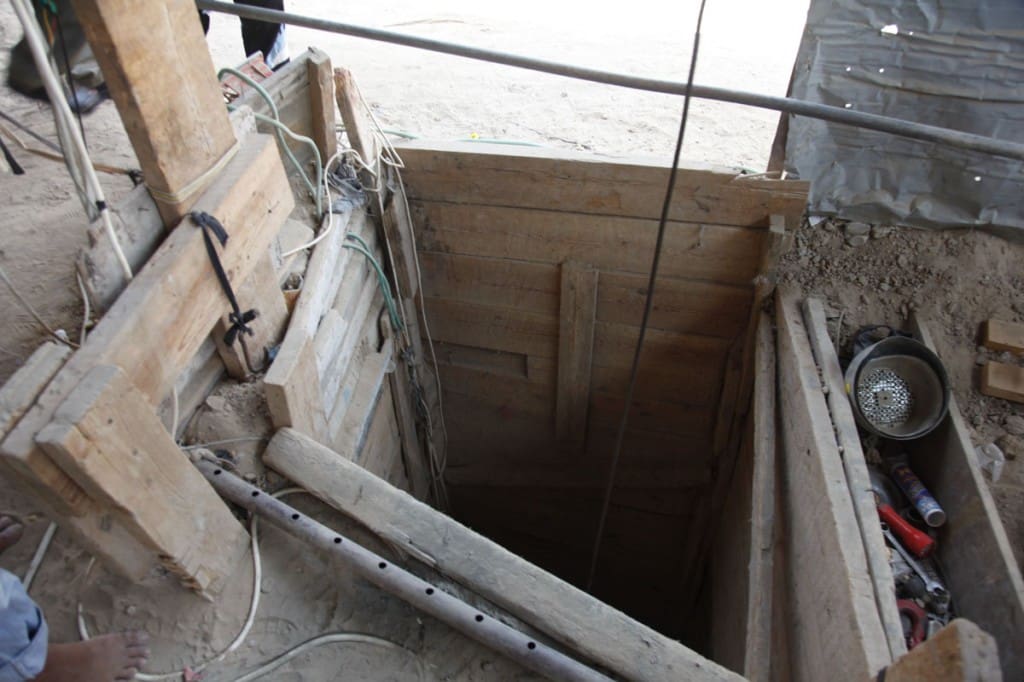This article [originally posted at http://www.thinkir.co.uk/ngo-hush-money/ and reblogged with permission of the author] considers the possibility that international NGOs may not be fulfilling their mandate to Palestinians by keeping silent on key issues in exchange for access to the occupied Palestinian territories and preferential treatment by Israeli authorities, mirroring a system of control used by Israel to manipulate Palestinian Authority officials.
 from the Deccan Chronicle
from the Deccan ChronicleIn her article “VIP Hush Money,” journalist Amira Hass describes the manner in which Israel uses special permits for travel as a way to manipulate and maintain control over the leadership of the Palestinian Authority (PA). She details how the Israeli government has stripped a few dozen senior PA officials, including President Mahmoud Abbas, of their VIP permits since mid-2011 as a form of punishment for the PA’s application to the United Nations for admission as a member state. This VIP status gives its Palestinian bearer free movement throughout Israel and the occupied Palestinian territories (oPt), a basic right that is simultaneously denied to millions of other Palestinians who are barricaded into tiny little cantons under PA control throughout the West Bank and Gaza strip.
Hass reveals how command over this very basic aspect of life, movement, is used by Israel to control its subject Palestinian population in the West Bank and Gaza Strip. With Hass referring to this as a form of colonialism, Noam Chomsky regards it as part of a neo-colonial model of control where Israel also permits and encourages a privileged existence for Palestinian elites in Ramallah, largely sustained by European funding. When it chooses not to permit those PA officials to move about freely, Israel is asserting its control over them and manipulating peace negotiations in its favour.
Hass points out that “collaborating with the humiliation inherent in VIP status conferred by the occupier is part of the PA’s whole concept. Its senior officials lavish praise in their speeches on ‘popular resistance’ as the preferred alternative to taking up arms. But in the very sphere where they could easily engage in civil disobedience of their own, they don’t do it.” However, it is not just the PA that is taking part in this system of humiliation and collaboration. There are hundreds of “well-meaning” Non-Governmental Organisations (NGO) that are provided with VIP status of their own, allowing them freedom of movement into the oPt, in return for providing basic services and funding for Palestinians that Israel is not willing to provide itself.
In the same way that Israel maintains control over freedom of movement in order to rein in uncooperative Palestinian leaders, it also uses control of movement over hundreds of foreign NGOs and thousands of foreign NGO workers (and rights activists) who operate out of the West Bank, Gaza and Israel. If any of them are to stray too far in their activities into advocacy work that is deemed threatening to Israeli policy, the government of Israel will simply refuse them access at the border with Israel and the oPt.
This is a serious threat that occupies the minds of every NGO worker (and human rights activist) that has to travel through the Israeli border in order to get to the West Bank or Gaza Strip. It preoccupies their preparations before each journey through Ben Gurion Airport and the Allenby Bridge crossing, needing to prepare different plans should they not gain access. By not being able to enter through the Israeli border in order to carry-out funded aid projects, NGOs run the risk of losing their funding and workers of losing their jobs. Add to that the reality that thousands of people do get turned away and sent home at the border every year[1].
 from BBC News
from BBC NewsThis fear leads to organisations censoring their advocacy work and blunting their criticism of the source of Palestinians’ problems, “the Occupation.” Outspoken criticism of the occupation is the activity Israel most opposes. So long as they choose not to be too outspoken and disobedient, Israel also allows foreign NGO workers to enjoy a comfortable and privileged existence in Ramallah, largely funded by Europe, where they enjoy a state of relative calm from the violence associated with night raids or invasions, the comforts of modern life, and a booming cafe and night club culture. Israel even facilitates freedom of movement for foreign nationals at the Qalandia checkpoint between Ramallah and Jerusalem by not forcing them to leave public buses to go through the intimidating security checkpoint where their bags are screened and passports checked before gaining entry. Considering deepening economic malaise and joblessness back home, many foreign NGO workers from Europe or North America may be even less inclined at this time to lose their job in the oPt. As one young American aid work told this author in 2010, “It is actually better to be here, where there are jobs, than back in America, where there are none.”
With the benefits of VIP status, working at an NGO in the oPt can be an exciting and comfortable career opportunity, even while the Palestinians they are supporting continue to suffer under occupation and to slip further into poverty. If those foreign NGO workers should stray too far from behaviour deemed acceptable by the government of Israel, it is not afraid to rein those NGOs in. Indeed, Israel regularly reminds foreign NGOs that their ongoing presence in territory it occupies depends precariously on its permission. For example, in 2010 Israel largely eliminated work visas for the employees of those NGOs privileged enough to be able to apply for work visas, forcing foreign employees to take tourist visas that are valid only for up to three months[2]. Employees on a tourist visa are forced to exit and re-enter through the Israeli border, where they may be refused entry. There are even fears that “international staff may be accused of working illegally and consequently face punitive measures, including long-term barring of entry into or passage through Israel due to violation of Israeli employment laws.”
This is a significant contributing factor to NGOs engaging in self-censorship of their own work. Hart and Lo Forte note in their research on child protection in the oPt that NGOs clearly operate on a matter of pragmatism over principle, with “Western donor governments generally choosing not to challenge Israel on practices that clearly put the lives of Palestinian children at risk, preferring to support ad hoc efforts to improve conditions or equip families to cope with the intolerable.” The result is that child protection becomes focused on response to harm rather than prevention[3]. Hart and Lo Forte note that some donors, such as the United States government, will even use control of funding to limit any public advocacy that might embarrass Israel. Just as the United States government can deny funding for aid projects that advocate too heavily on behalf of Palestinian children, Israel can simply deny NGOs access to operate on occupied Palestinian territory, putting an end to their work. In this way, Israel’s control over the movement of NGOs allows it to maintain control over the work of those NGOs themselves.
By not addressing the root causes of the problem and only inadequately addressing the results, NGOs may simply be helping to offset the costs of war and occupation bourn by the Israeli government in the oPt, a warning given nearly 150 years ago when Florence Nightingale criticised Henri Dunant’s plan to create a civilian medical service (the future International Committee of the Red Cross) as something which would actually relieve governments of part of the burden of going to war, allowing them to more easily engage further in it. As Mary Anderson points out in Do No Harm, aid provides the dual possibility of either supporting peace or supporting war, depending on how it is applied. Regardless of the difficulties inherent in working in an occupied territory, the NGO community should take serious time to reflect upon whether or not just “being there” balances out with any detrimental effects that may be caused by not addressing the primary problem, the occupation, and the possibility they are relieving the occupier, Israel, from some of the costs of occupation. Considering the retrogressive nature of a long-stalled peace process and an ongoing decline in Palestinian standards of living, those NGOs may find that it is time to take a new approach to their work, emphasizing advocacy and demanding open access without hindrance, or else simply refusing to provide assistance if it is only serving to subsidize the activities of the occupier.
Additional Note:
Attaining the requisite documentation for access to the oPt by NGOs is both complex and expensive. A June 2011 Association of International Development Agencies (AIDA) report notes that “the complexities of obtaining the requisite documentation to freely move national and international staff between Jerusalem, the West Bank and Gaza severely hampers the ability of AIDA members to deliver projects, effectively manage and monitor projects, hire appropriate personnel, share best practices, train staff or coordinate with other organizations.” The report estimated that the restrictions cost those organisations an additional $4.5 million per year.
[1] There are thousands of examples of people being refused entry at the border to Israel: tourists, spouses or family members of Palestinians, academics, activists, journalists and NGO workers. Recent high profile examples include Irish Nobel Peace Prize Laureate Mairead Maguire and American Professor Noam Chomsky. The number of people refused entry into Israel was 1 828 in 2005 and 2 941 in 2007.
[2] The length of stay or area of geographical access given in a Visa provided at the Israeli border at the Allenby Bridge crossing with Jordan can be highly arbitrary: ranging from as little as one day to three months in length, and from access to Palestinian Authority areas only to all of the oPt and Israel.
[3] Hart and Lo Forte found that organisations such as Save the Children US and UNICEF are placed in a challenging position where they must balance accountability to the population they are there to serve with the demands of donors and the anxieties of their superiors at headquarters. Too often, it seems, downwards accountability is severely compromised, if not abandoned.
About JeremyWildeman
Jeremy Wildeman (B.A. Saskatchewan, M.A. McMaster) is a PhD candidate at the University of Exeter, where he is conducting research into the effects of foreign aid on Palestinians. Previously he co-founded and managed the internationally registered, West Bank-based charity for Palestinian youth “Project Hope” (www.projecthope.ps). He is a founding committee member for the International Relations Blog “ThinkIR” (www.thinkir.co.uk). In his spare time he maintains a Blog about using digital tools in post-secondary research called “iScholarapp” (www.ischolarapp.com).
